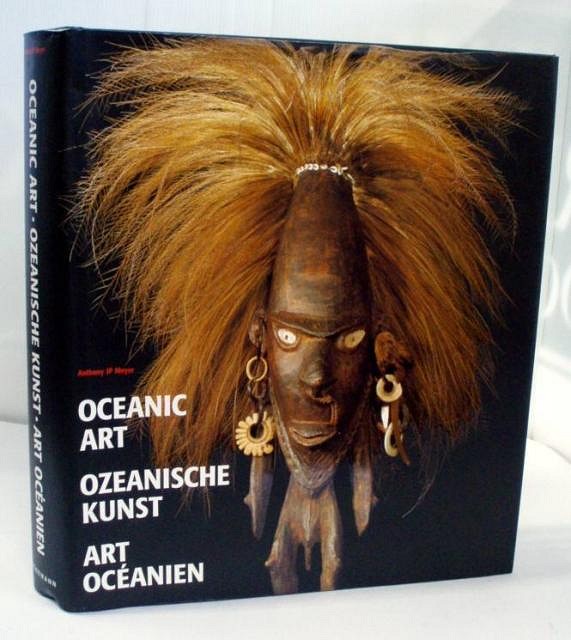CP

Joined: May 07, 2009
Posts: 94
|
CP

Aloha and Ahoy,
Being a bit of a beach chair theorist, I often wonder about the Great Mysteries of Tiki ?...Like what exactly did the missionaries do with all that penius? (referring to the practice of tiki castration) for example...we'll save that discussion for later .
The question Al raises is worth looking into and discussing.
My personal belief is that there would definitely be some influence from european carving as far as techniques and tools and the way their items have changed, as for specific motifs and details certain things like the way a fern leaf unravels is simply found in nature, now I'm not certain but I would suggest that Ireland and New Zealand would have similar climates and perhaps similar plant life. It then only takes a carvers ability and willingness to create life influenced carvings based on his or her surroundings to bridge a gap.
Like the Katsina dolls morphing over time, so has other groups artworks, Here in Australia a sometimes sensitive area is the popularity of aboriginal dot paintings despite their relatively modern invention of course it is debated.
But there remains no doubt in my mind that europeans have had a major impact on every aspect of life in Oceania.
Now I know this is a lot of words....but I think it's relevant so bear with me and I'll end with a picture
This is an excerpt out of my favourite book "Oceanic Art" by Anthony JP Meyer, If you don't have it I reccomend getting it.ISBN 3-89508-080-2
" Curios For Trade"
"It is quite possible that the first curios made for sale to passing Europeans were Maori jade hei tiki. James Cook noticed that many more hei tiki were available for trade on his second and third voyages than on his first. A notable early trade in curios developed on Mangaia in the Cook islands, where the locals produced several types of ceremonial adze. The later models carved from about 1840 to the early 20th century, were huge clumsy affairs that bore no esthetic relation to the tradditional adze. The Austral Islands also turned commercial around the 1820's manufacturing vast numbers of large intricately decorated paddles in imitation of their smaller traditional ones. Copies of sacred figures have been in production on easter island since the early 1800's. In the Solomon Islands, naturalistic figures were carved for sale to visiting whalers and merchants. A flourishing trade later developed in New Guinea as the villages came into contact with the western world. Thousands of masks and figures are carved for sale as >airport art< and Asmat shields are now even made in Bali."

Okay sorry for the wordage ...please resume drinking your favourite cocktails
|

